The Intriguing Characteristics Of Asteroid Thalia

Introduction
Asteroids have captivated the interest and curiosity of scientists and space enthusiasts for centuries. One of these fascinating celestial objects is Asteroid Thalia. In this article, we will delve into the intriguing characteristics of Thalia, exploring its composition, origin, and significance in the realm of asteroids.
Composition and Physical Features
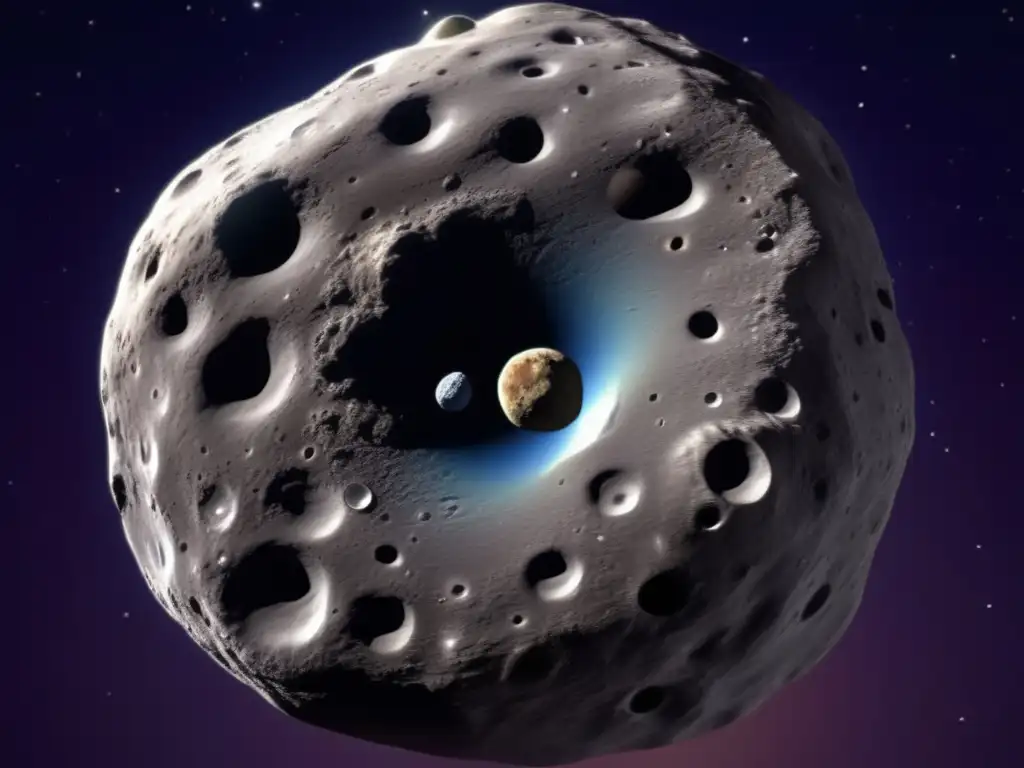
An Enigmatic Surface
Asteroid Thalia possesses a unique surface that has puzzled astronomers since its discovery. Spectral analysis of Thalia's surface has revealed a diverse composition, with a combination of metallic and rocky materials. This unusual feature has led scientists to believe that Thalia might have originated from a collision between two or more asteroids, resulting in the mixing of different materials.
A Mysterious Shape
Thalia boasts an irregular shape, making it stand out among other asteroids. Its elongated and asymmetrical form suggests that Thalia might have experienced significant disruptions during its formation or subsequent encounters with other celestial bodies. The exact reasons behind its peculiar shape remain a subject of scientific investigation.
A Sizeable Celestial Presence
Thalia has a diameter of approximately 95 kilometers, placing it among the larger asteroids in our solar system. Its substantial size enables scientists to study its surface features and geological composition in detail, providing valuable insights into the evolutionary processes of asteroids.
Origin and Formation
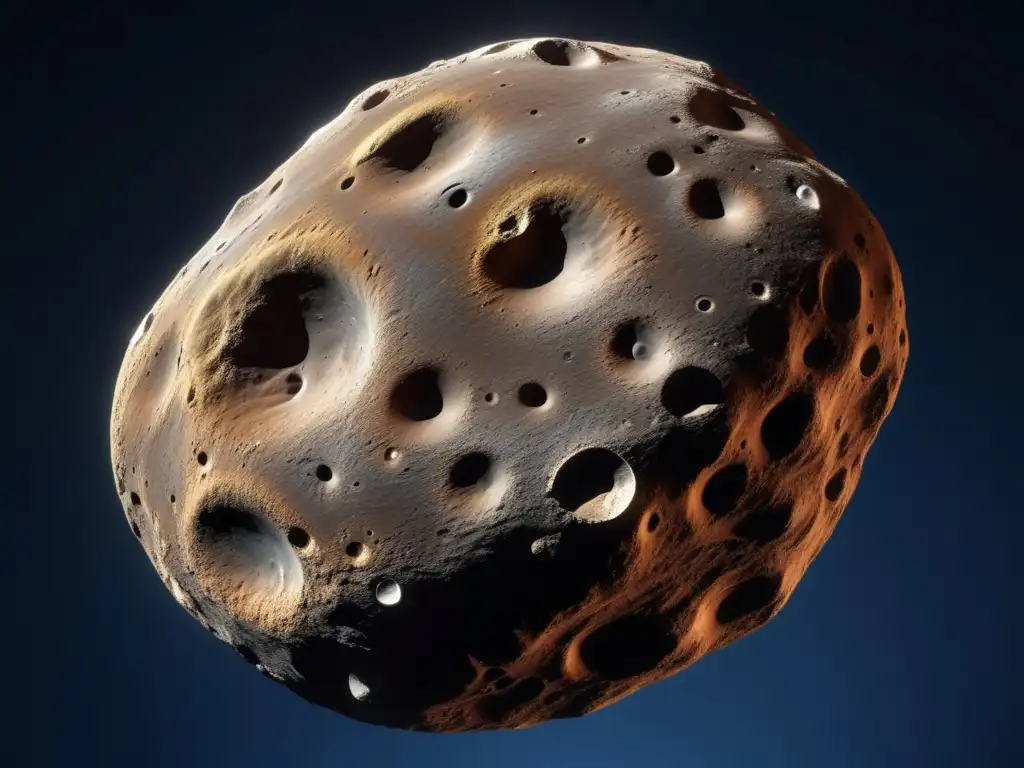
Collisional Origins
The enigmatic composition and shape of Thalia indicate that it likely originated from a collision between multiple asteroids. This hypothesis aligns with the widely accepted theory of asteroid formation, which suggests that collisions and subsequent re-accretion play a crucial role in shaping the evolution of these celestial bodies.
A Window into the Early Solar System
Studying asteroids like Thalia allows scientists to gain valuable insights into the early stages of our solar system. By analyzing their composition and structure, researchers can reconstruct the conditions and processes that prevailed during the formation of planets and other celestial bodies.
Implications for Planetary Defense
Thalia's significant size and intriguing features make it an important object of study for researchers interested in planetary defense. Understanding the composition and behavior of asteroids is crucial for developing strategies to mitigate potential threats posed by near-Earth objects.
Potential for Scientific Exploration
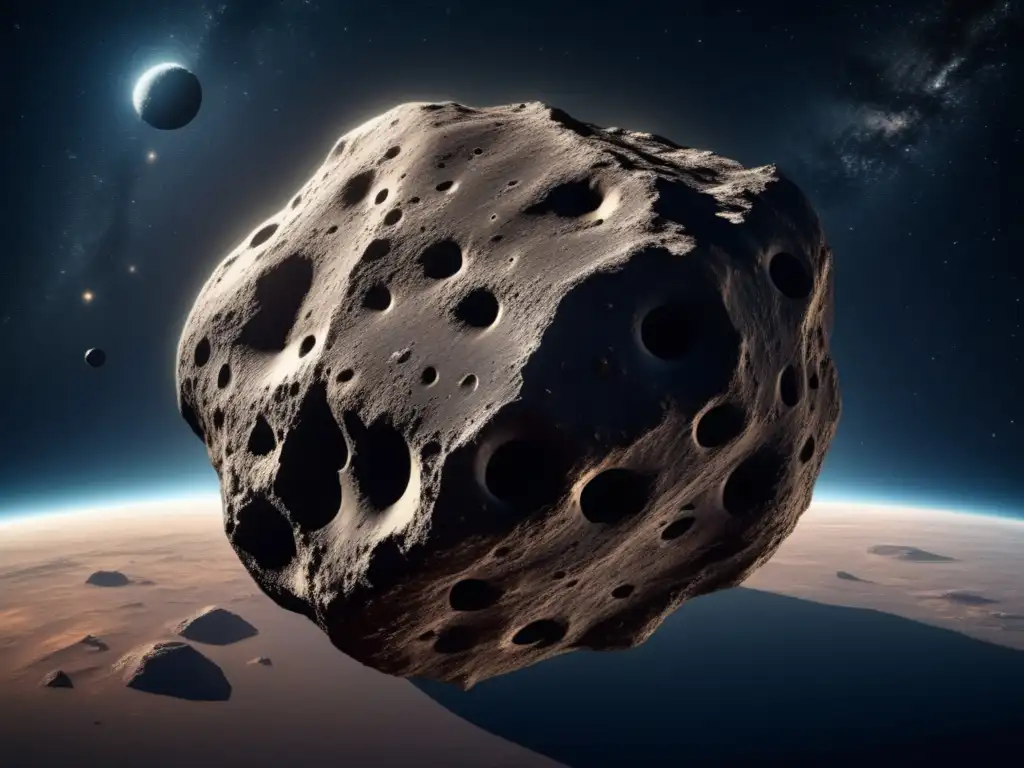
Future Missions and Discoveries
Thalia presents a promising target for future space missions aiming to explore and study asteroids up close. By sending spacecraft equipped with advanced scientific instruments, we can gather detailed data about Thalia's composition, mineralogy, and geology. Such missions would undoubtedly contribute to our understanding of asteroid dynamics and evolution.
Contributing to Human Space Exploration
Exploring asteroids like Thalia also holds potential implications for human space exploration. The resources and minerals present on asteroids could serve as valuable assets for future manned missions, providing essential materials for sustaining astronauts during long-duration space travel.
Unveiling the Mysteries of the Universe
Every asteroid, including Thalia, represents a piece of the cosmic puzzle waiting to be solved. By unraveling the mysteries of these celestial objects, we deepen our understanding of the universe and our place within it, shedding light on the origins of life and the vastness of the cosmos.
Frequently Asked Questions
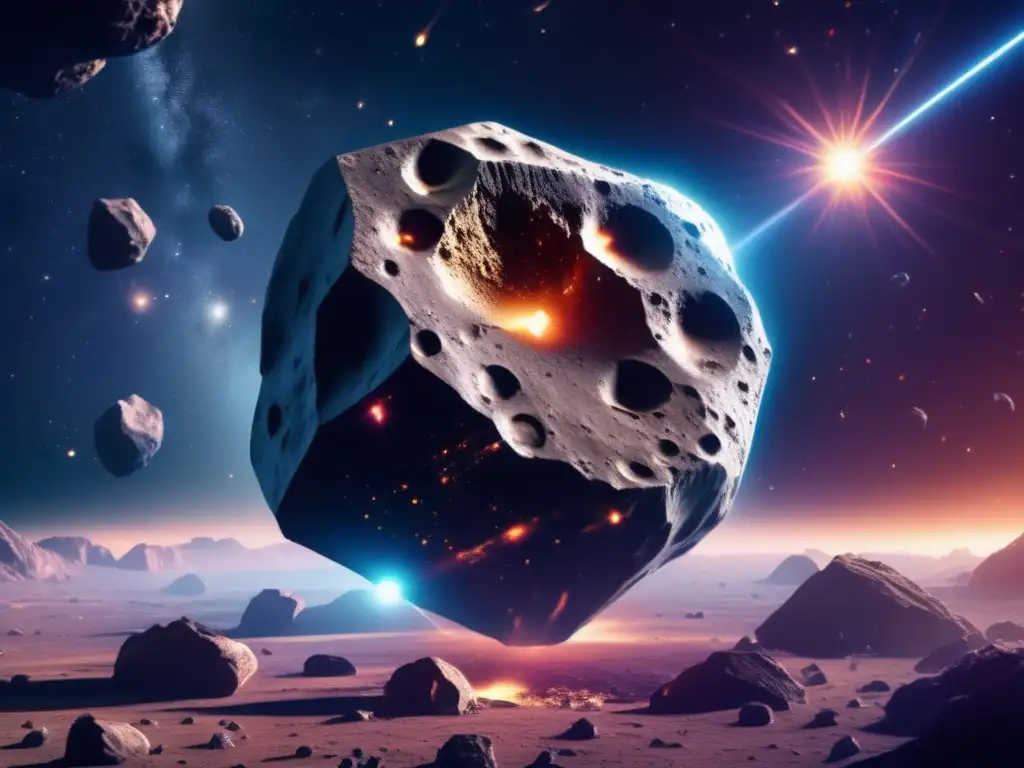
-
What is Thalia's composition?
Thalia's surface consists of a combination of metallic and rocky materials, suggesting a collisional origin.
-
Why does Thalia have an irregular shape?
The irregular shape of Thalia points to possible disruptions during its formation or subsequent encounters with other celestial bodies.
-
What is Thalia's size?
Thalia has a diameter of approximately 95 kilometers, making it one of the larger asteroids in our solar system.
-
How did Thalia form?
Thalia likely formed through a collision between multiple asteroids, a common process in the evolution of asteroids.
-
Why is studying Thalia important?
Studying Thalia allows us to gain insights into the early stages of our solar system and develop strategies for planetary defense.
Conclusion
Asteroid Thalia captivates us with its enigmatic composition, irregular shape, and substantial size. Through scientific exploration and study, we continue to uncover the secrets held within this celestial object, expanding our knowledge of asteroids and the universe. As we delve deeper into the mysteries of Thalia and other asteroids, we forge new pathways to human space exploration and gain a greater understanding of our cosmic origins. Join us on this journey of discovery at www.asteroidrealm.com.
We encourage you to share your thoughts and continue the conversation in the comments section below. You can also support www.asteroidrealm.com by subscribing to our newsletter, sharing this article on social networks, or actively participating in our community. Thank you for joining us on this astronomical adventure!
Additional Resources
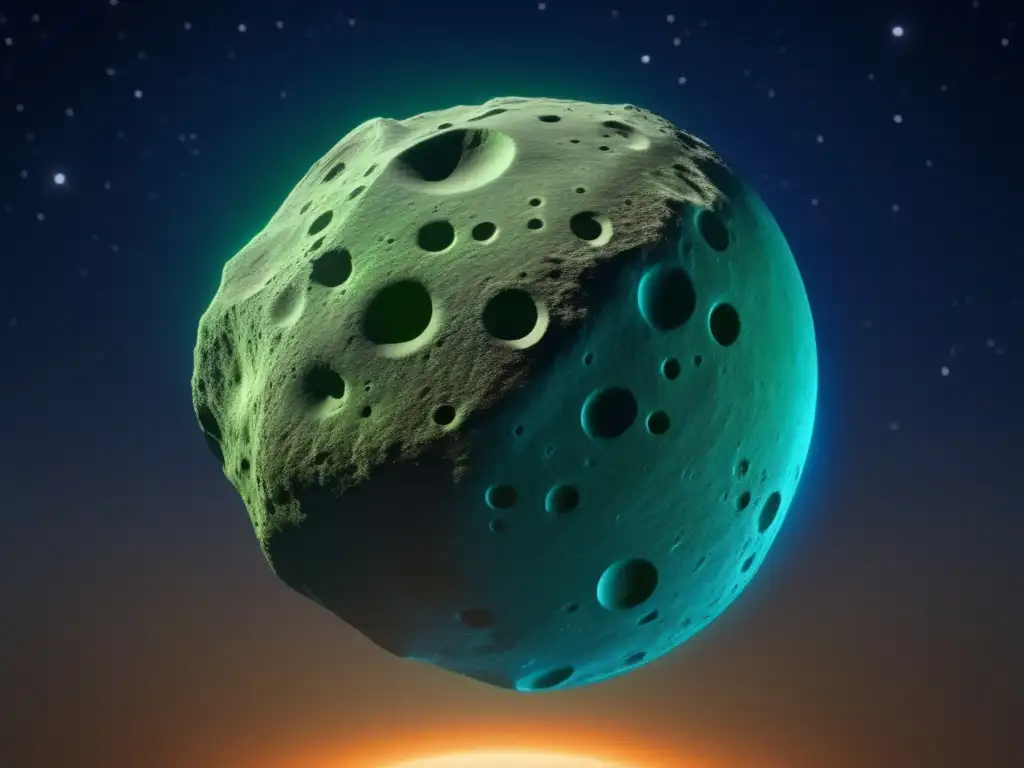
For further information on asteroids and related topics, explore the following resources:
- NASA's Asteroid Page
- Space.com's Asteroid Section
- International Astronomical Union's Asteroid Division
 A Detailed Study Of Asteroid Camilla
A Detailed Study Of Asteroid Camilla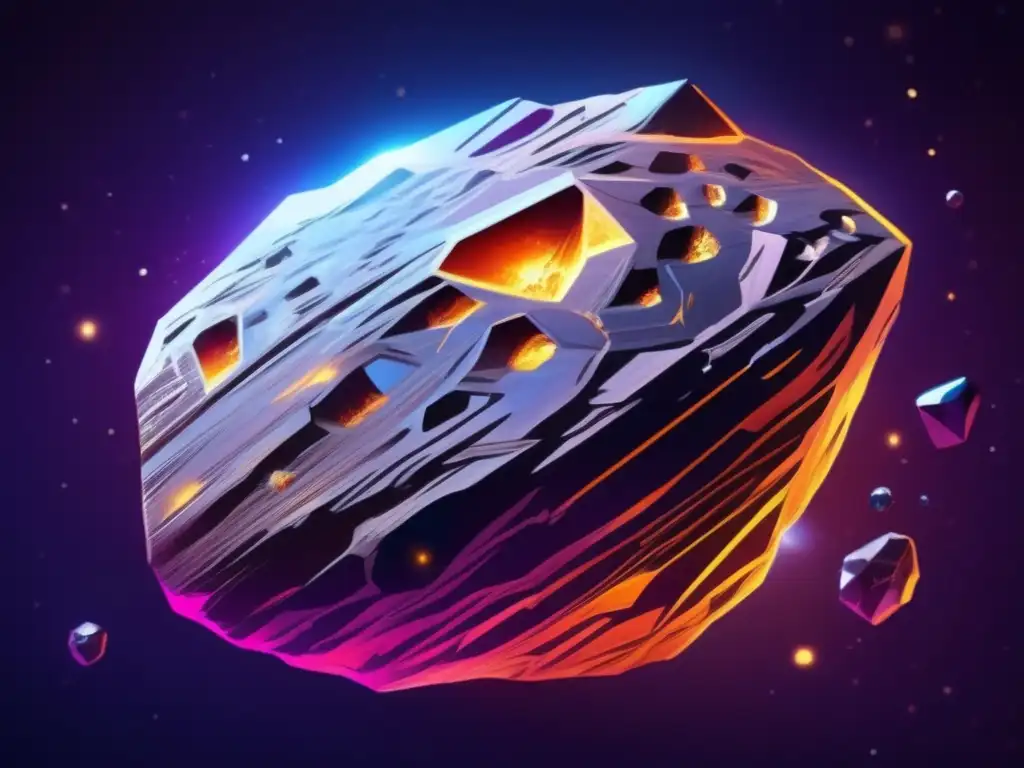 The Unusual Shape Of Asteroid Hermione
The Unusual Shape Of Asteroid Hermione Discovering Asteroid Leto: The Mother Of Apollo And Artemis
Discovering Asteroid Leto: The Mother Of Apollo And ArtemisIf you want to discover more articles similar to The Intriguing Characteristics Of Asteroid Thalia, you can visit the Asteroid Profiles category.
Leave a Reply

Articulos relacionados: